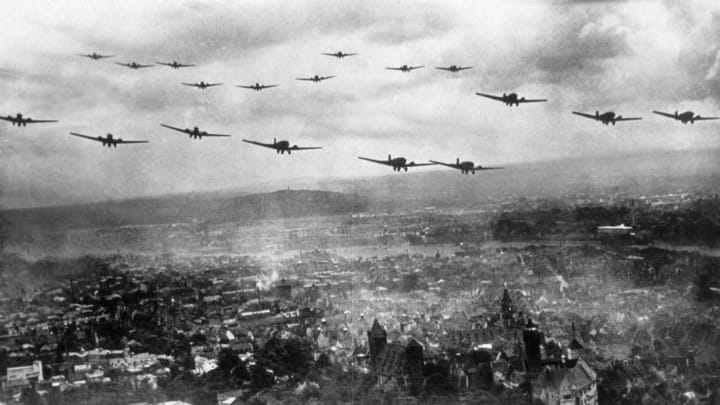Nothing looks particularly remarkable about the World War II-era printing plate at the Spy Museum in Washington, D.C. It displays the text and serial numbers you would expect to find on British banknotes from the time, but this artifact didn't come from the British government—as the video from Atlas Obscura below explains. The plate was a tool used by Nazi Germany in an attempt to delegitimize the economy of Great Britain.
When they weren't combating troops on the battlefield, Germany was devising ways to bring down other European nations using spy tactics. One of these strategies was called Operation Bernhard. By printing 130 million pounds of fake British currency and slipping it into Britain via airdrop, Germany hoped to cripple the nation's economy.
To make the banknotes, Nazis relied on forced labor from artists, bankers, and known forgers being held captive in concentration camps. Details from the authentic bills—including watermarks, serial numbers, and the type of paper used to make them—were replicated in the forged documents.
Despite the effort put into the project, the fake banknotes never made it into British circulation. The Luftwaffe, the airfleet Germany had planned to use to drop the bills over Britain, had sustained too many losses by the time the plan was ready to be set in motion. Germany may have used some of the counterfeit cash to launder money and pay off spies working for the army, but by the end of World War II, any remaining evidence of the scheme was disposed of in a lake in Austria.
Years later, those artifacts were recovered, and the Spy Museum recently added the pound notes and a forged printing plate to its collection. According the museum, the plate is the only known surviving printing plate created by Nazi Germany for Operation Bernhard.
To see the artifacts and learn more about them, check out the video from Atlas Obscura below.
[h/t Atlas Obscura]
